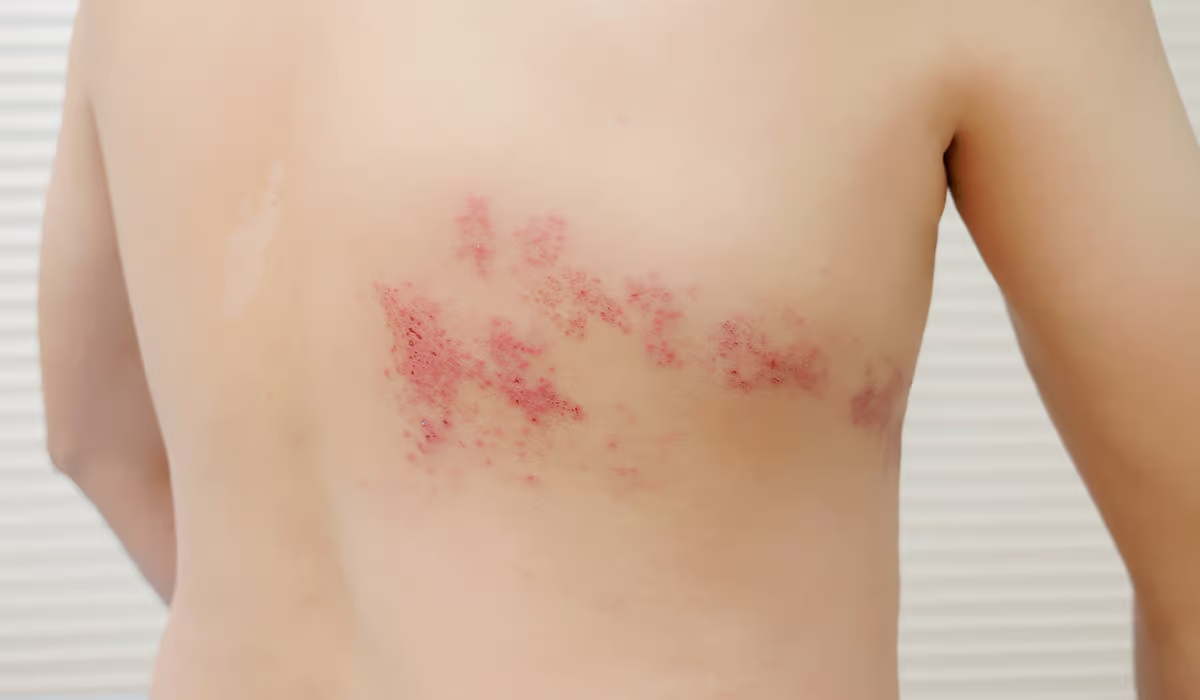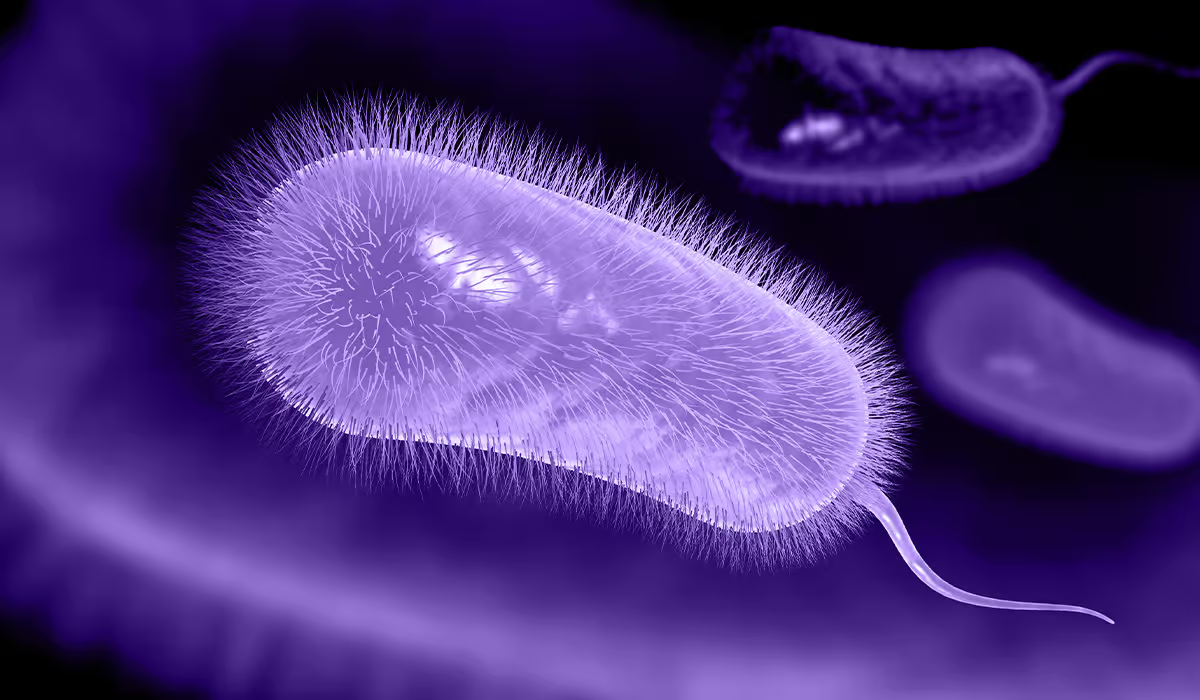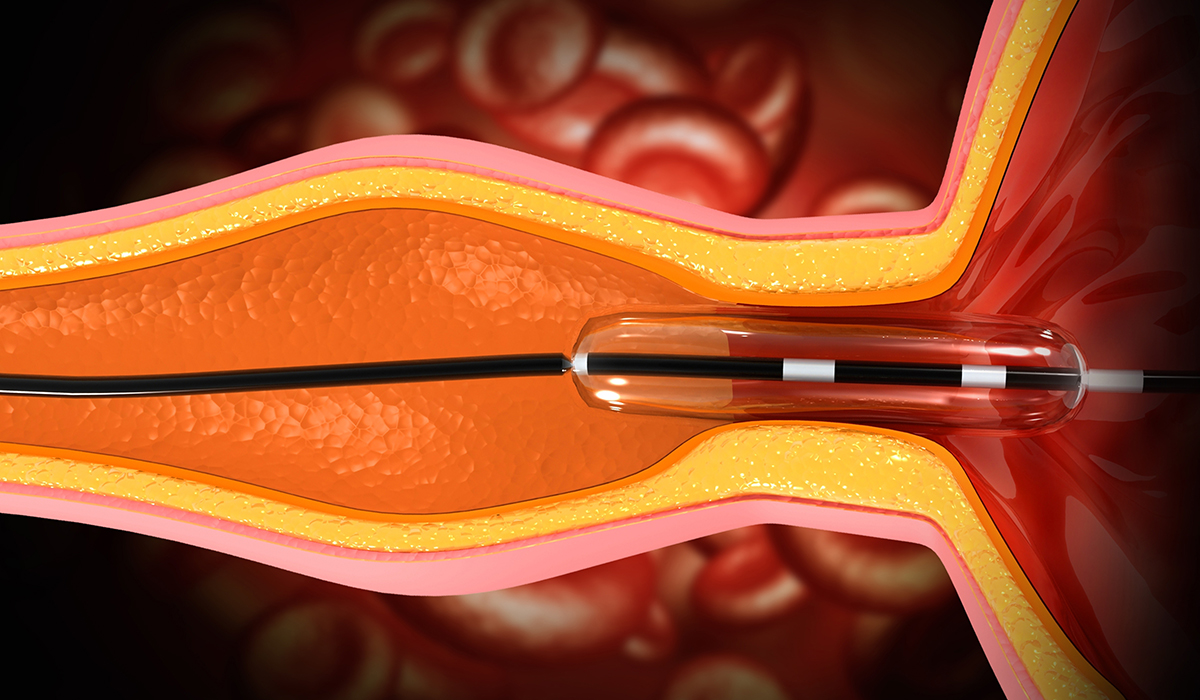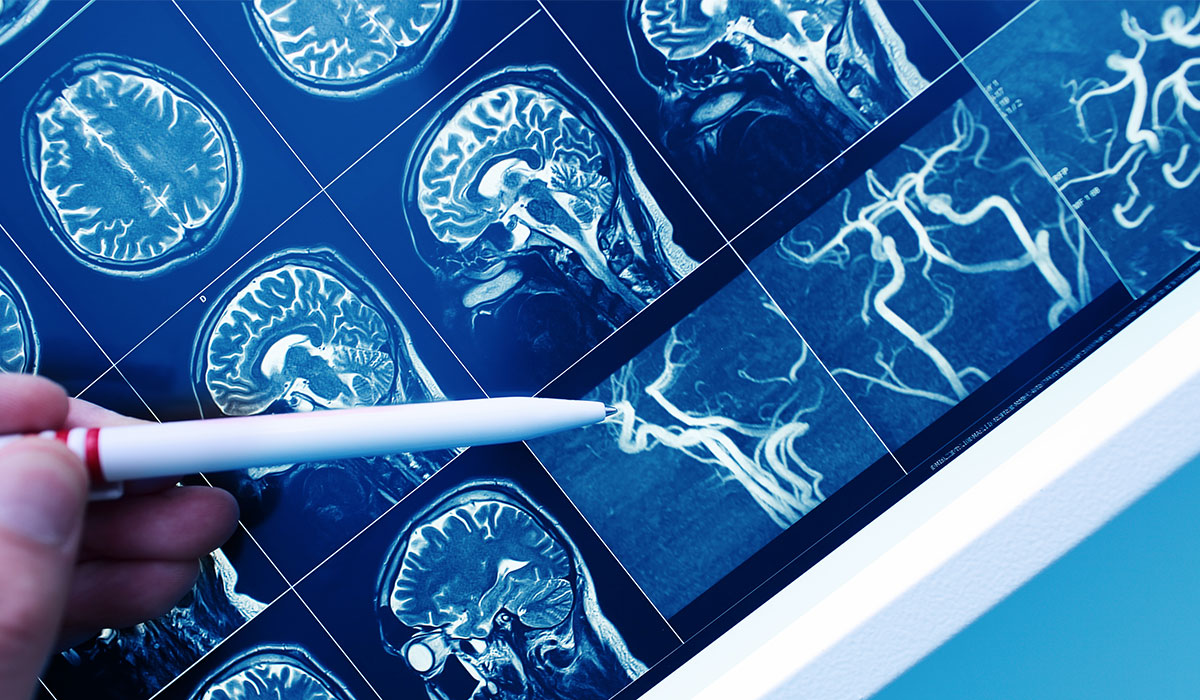Types
Each nerve has a different role, and the peripheral nervous system has many functions. Depending on the function of the stimuli they conduct, the following nerves are distinguished into three types:
- Motor (efferent)
- Sensory (afferent)
- Mixed – contains motor, sensory, and autonomic fibers
Depending on where they leave the central nervous system, the following nerves are distinguished:
- Cranial
- Spinal

Cranial Nerves
The human body has twelve pairs of cranial nerves that connect directly to the brain, bypassing the spinal cord. These nerves perform a range of functions, from sensory to motor activities. Most cranial nerves are named after the organs and tissues they supply.
Olfactory And Optic Nerves
The olfactory nerve, for instance, is responsible for transmitting information about odors perceived by the olfactory epithelium in the nose to the limbic centers of the brain through the olfactory bulbs and tracts. On the other hand, the optic nerve is a sensory one that transfers visual data from the eye’s rod and cone cells to the brain’s visual cortex. Notably, the optic chiasm forms when parts of the nerves from both eyes cross, and nerve fibers form bundles dubbed optic strands. With roughly one million sensory fibers, the cranial nerve transmits the most information.
Oculomotor, Trochlear, and Abducens Nerves
In contrast, the oculomotor, trochlear, and abducens nerves are mainly motor nerves that control all the nerves that move the eyeballs and eyelids. The oculomotor nerve, for example, regulates the pupil’s constriction by the eyeball’s iris muscles and changes the lens’s shape via the ciliary muscle, facilitating accommodation.
Cranial Nerves
The cranial nerves are crucial in the sensory and motor organism functions. One of the most important is the trigeminal nerve, partly sensory and mixed. The branches of this nerve receive signals from the eye, face, and teeth. The motor fibers in this bundle control the muscles involved in chewing, while the sensory fibers conduct impulses from the jaw area.
Another significant cranial nerve is the facial nerve, mixed in nature, with sensory bundles arising from the taste buds in the front two-thirds of the tongue. Motor fibers run to the facial muscles and the lacrimal and salivary glands. The vestibular-cochlear nerve is sensory. The vestibular part of the nerve receives signals from the inner ear informing about head position and related to balance. The cochlear part transmits signals from the ear related to sounds and their reception.
The lingual-pharyngeal and sublingual nerves, which are mixed in nature, are responsible for tongue movements and swallowing in the digestive system. The sensory fibers of these nerves transmit information about taste, touch, and temperature from the tongue and throat. The vagus nerve is the longest and most branched cranial nerve. It carries its sensory, motor, and autonomic fibers to the lower part of the head, throat, neck, chest, and abdominal cavity. It is responsible for many significant body functions, including breathing, swallowing, heart function, and the production of gastric juice.
Accessory Nerve
Finally, the accessory nerve, mainly motor, supervises the action of muscles and movements of the head, neck, and shoulders. It also affects the throat and larynx muscles (those are used to swallow). The proper functioning of these nerves is essential for preserving the organism’s homeostasis and guaranteeing its accurate functioning.
Spinal Nerves
The spinal nerves are 31 pairs of spinal nerves that branch from the spinal cord and leave the central nervous system through the intervertebral foramina. A single nerve divides into many smaller branches, with dorsal branches supplying the posterior side of the body and ventral branches supplying the anterior and lateral surfaces of the body.
Branches from one nerve can connect with other nerves to form networks called plexuses, which are designed to send signals along secondary nerve branches to areas that perform complex functions or movements.
The spinal nerves have been divided by the structure of the spine. The spinal nerves that are situated peripherally are classified by specialists into various types.
Cervical Nerves
The cervical nerves, consisting of eight pairs in the cervical spine, form two plexuses, namely, the cervical and brachial plexuses. These nerves travel through the chest, head, neck, shoulders, arms, forearms, hands, and the diaphragm.
Thoracic Nerves
The thoracic nerves, which are twelve pairs in the thoracic spine, connect with the intercostal muscles, located between the ribs, the deep back, and the abdominal muscles.
Lumbar Nerves
The lumbar nerves, consisting of five pairs in the lumbar spine, form the lumbar plexus, which supplies the lower part of the abdominal wall and parts of the thighs and shins.
Sacral Nerves
The sacral nerves, which are six pairs located in the sacral spine, connect with the lumbar nerves and through the coccygeal plexus and send branches to the thighs, buttocks, muscles, and skin of the shins and feet, as well as the anus and genitals.
The cervical plexus mainly innervates the neck and partly the head, with the phrenic nerve being its longest branch. The following nerves branch from the brachial plexus to the upper limb: the ulnar nerve, the radial nerve, the median nerve, the axillary nerve, the musculocutaneous nerve and numerous medial cutaneous nerves of the arm and forearm.
Causes of Nerve Damage
Nerve damage may occur after numerous situations. Some of the most standard nerve damage conditions are mentioned below.
Getting Older
As individuals age, the speed at which neuron signals travel may diminish, leading to decreased strength and a slowing of reflexes. Besides, some people can experience a loss of sensation in their extremities, including fingers and toes. These changes are a natural part of the aging process and may impact an individual’s ability to perform certain tasks or activities. It is important to be aware of these changes and to take appropriate measures to maintain one’s overall health and well-being in later life.
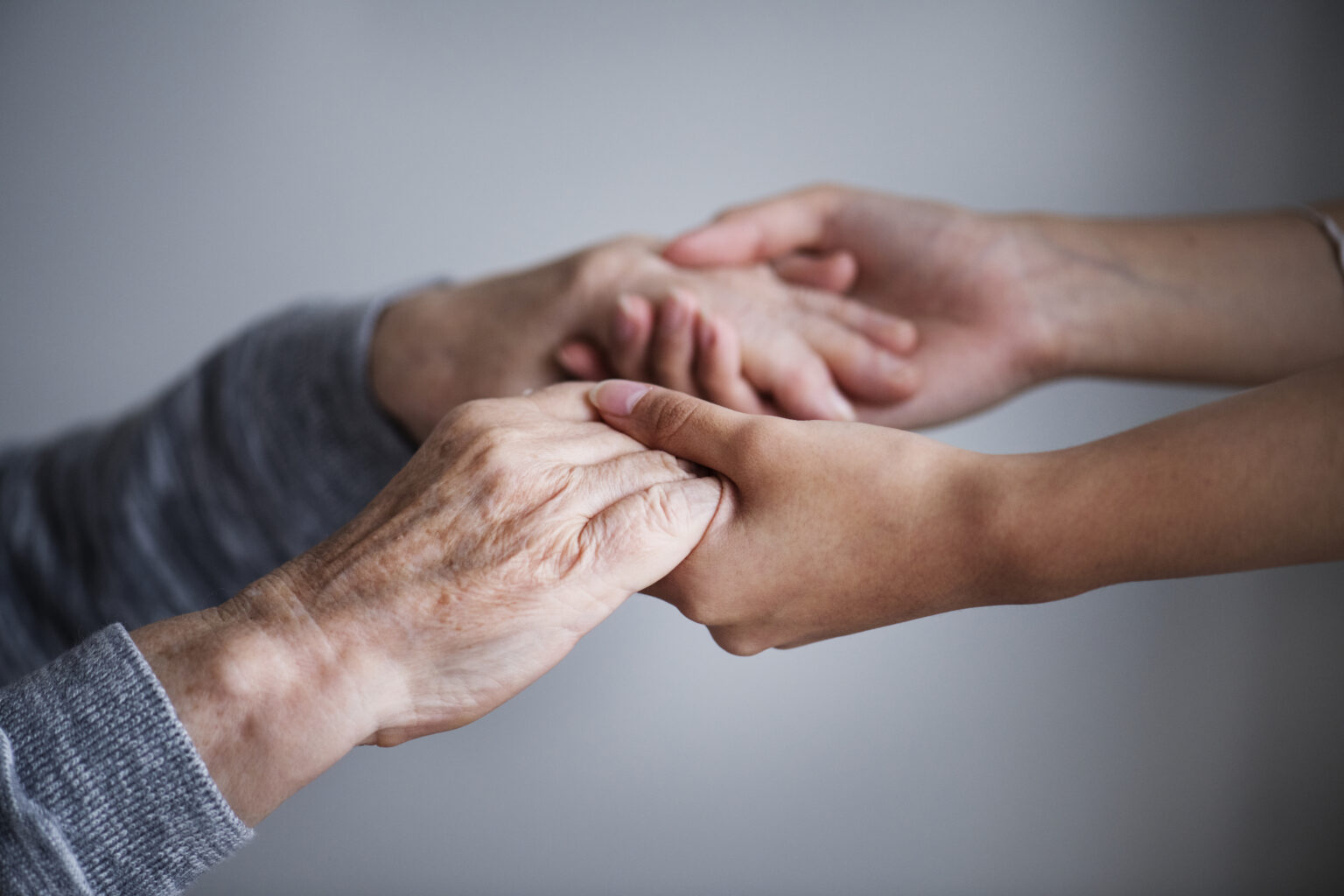
Parkinson’s Disease
The basal ganglia are in the brain and are responsible for controlling movement. These nerves produce a compound known as dopamine, which is significant in coordinating many functions, including executive function and motor control. Even though the specialists haven’t found a clear cause yet, the basal ganglia may get damaged and begin to die in some situations. This results in Parkinson’s disease as the loss of dopamine slowly impairs primary functions such as walking, speaking, and memory recall. These consequences are compounded by the loss of nerves accountable for norepinephrine production, an essential sympathetic nervous system compound that regulates heart rate and blood pressure.
Multiple Sclerosis
Neurons are signaling agents in our bodies but do not function alone. Axons, which carry signals from the neuron’s cell body, are covered with myelin sheaths. Oligodendrocytes produce them in the central nervous system, allowing myelin sheaths to protect and facilitate nerve conduction. In multiple sclerosis, an abnormal immune response in the central nervous system removes the myelin sheath and causes much of the nerve scarring (sclerosis) from which the disease originates.
Peripheral Neuropathy
Since the affected area is the peripheral nervous system, such neuropathies lead to loss of sensation and regulatory control of the limbs. They include loss of coordination, feeling in the fingers and toes, and lack of balance. The causes of peripheral neuropathy have not yet been fully understood. Still, scientists have determined that one of the fundamental causes is diabetes, which causes prolonged periods of high blood sugar levels.
Stroke
A cerebrovascular accident, commonly known as a stroke, occurs when a blood vessel in the brain is either blocked or ruptured, leading to a sudden disruption of blood flow to the brain. The resultant deprivation of oxygen and nutrients to the affected brain area can cause irreversible damage, leading to the impairment of nerve function and communication. Depending on the severity of the stroke, the damage inflicted on the nervous system can range from mild to severe.
Accidental Injuries
Nerves can be crushed, stretched, or severed in an accident. Car accidents and collapses are standard damages that can harm nerves in the whole organism.
If the nerve is squashed, it cannot get enough blood to play its role. Nerves may get compressed or trapped for many causes, e.g., overuse, a tumor, or structural problems such as sciatica.
Toxic Substances
Chemotherapy drugs, narcotics, alcohol abuse, and poisonous substances can cause peripheral neuropathy or nerve damage. People with kidney disease are at greater risk of damaging their nerves because their kidneys have difficulty filtering toxins.
Symptoms of Nervous System Disorders
Below are the most common general signs and symptoms of nervous system disorders. However, each individual may experience symptoms of nervous system disorders in different ways.
The most standard signs of nervous system conditions include:
- Headaches and dizziness
- Loss of consciousness or fainting
- Muscle cramps
- Muscle weakness
- Loss of strength
- Loss of vision or double vision
- Back pain radiating to the feet, toes, or other parts of the body
- Delirium and dementia
- Tremors and convulsions
- Paresis and paralysis
- Motor coordination disorders
- Speech disorders or motor coordination disorders
- Memory disorders
Naturally, not all of them have to be related to nervous system diseases. Sometimes they are caused by diseases of other organs or deficiencies of certain nutrients, so it is worth consulting a doctor in case of repeated ailments.
Diagnostics
Various tests and procedures are available to diagnose nervous system-related conditions. In addition to traditional X-rays, there is a specialized X-ray known as fluoroscopy, which examines the body in motion, such as blood flowing through arteries.
Other common neurological tests include magnetic resonance imaging (MRI), computed tomography (CT), and electroencephalogram (EEG), which records continuous electrical activity in the brain. Positron emission tomography (PET) is a technique that calculates cell or tissue metabolism and brain activity to determine tumors or diseased tissue.
Lumbar puncture, also known as spinal tap, is another procedure that involves inserting a needle into the spinal canal to extract a small amount of cerebrospinal fluid, which is then examined for infections or other abnormalities.

Specialists Dealing With The Treatment of Nervous System Disorders
The best way to deal with nervous system disorders is with the help of doctors. We don’t always need the help of every type of specialist, but it’s good to know who these specialists are and how they can help. Here is a list of some doctors who may be involved in the treatment of nervous system disorders:
- Neurologist
- Neuroradiologist and interventional radiologist
- Psychologist
- Psychiatrist
- Physiotherapist
- Occupational therapist
- Speech therapist
How To Take Care of The Nervous System?
As your nervous system plays a wide variety of vital roles, keeping it functioning well into your golden years is significant. Remember about a healthy lifestyle, especially:
- Adopt a healthy diet
- Control alcohol intake and stop smoking
- Exercise regularly
- Keep your health problems under control
- Get your medication checked
Sources
- Physiology, Nerve. NIH.
https://www.ncbi.nlm.nih.gov/books/NBK551652/ - The peripheral nervous system. NIH.
https://pubmed.ncbi.nlm.nih.gov/37170957/ - Neuroanatomy, Cranial Nerve. NIH.
https://www.ncbi.nlm.nih.gov/books/NBK470353/ - Neuroanatomy, Spinal Nerves. NIH.
https://www.ncbi.nlm.nih.gov/books/NBK542218/ - Parkinson Disease. NIH.
https://www.ncbi.nlm.nih.gov/books/NBK470193/ - Multiple Sclerosis. NIH.
https://www.ncbi.nlm.nih.gov/books/NBK499849/ - Peripheral Neuropathy. NIH.
https://www.ninds.nih.gov/health-information/disorders/peripheral-neuropathy - What Is a Stroke?. NIH.
https://www.nhlbi.nih.gov/health/stroke - Peripheral Neuropathy Due to Vitamin Deficiency, Toxins, and Medications. NIH.
https://www.ncbi.nlm.nih.gov/pmc/articles/PMC4208100/ - Influence of aging on peripheral nerve function and regeneration. NIH.
https://pubmed.ncbi.nlm.nih.gov/11151980/ - Techniques for Neurological Disorders. NIH.
https://www.ncbi.nlm.nih.gov/books/NBK593674/
